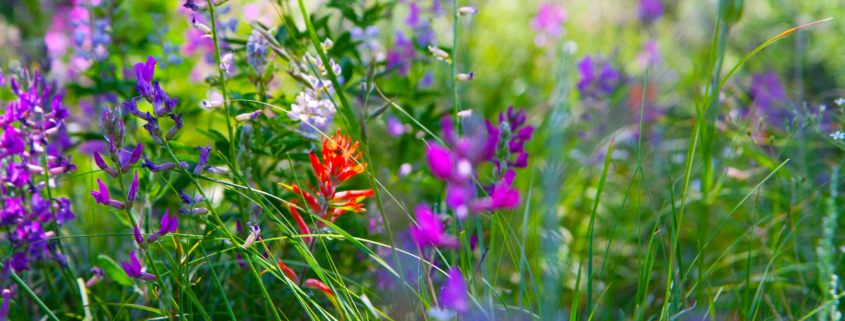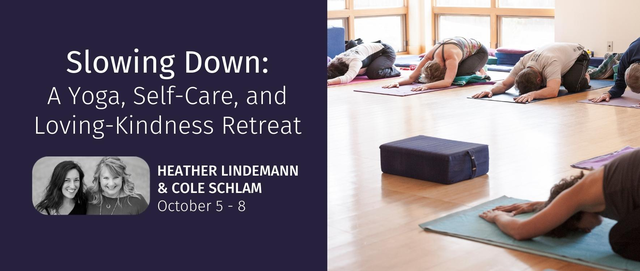Sadhana and the Power of a Seasonal Reset
By Heather Lindemann
The transition between seasons can be a potent opportunity to go inward, check-in, and reset. For centuries many cultures have tapped these natural pauses in our year for celebration and reflection. The summer solstice, for example, offers a point-in-time to honor the light and turning point toward darker days until the winter solstice. Likewise, the spring and autumn equinoxes are a balance point where night and day (light and dark) are equal and can be a time to welcome equanimity into our practice.
Sadhana is a Sanskrit word that loosely translated means a spiritual or devotional practice and is a way to reconnect with our inner self and access the power within. It is widely used in various spiritual traditions as a commitment to a daily discipline such as a meditation practice. There are many ways to engage in sadhana, one of which is to tap into the seasonal transitions.
Intention Setting
The Sanskrit root of sadhana is sadhu, meaning “go straight to a goal.” Ultimately, a sadhana is practiced with a focus and clear intention – and the seasons can guide us. Consider autumn with the plants and trees drying up to shed their leaves as a time to release that which isn’t serving you. Or winter, with the Earth cold and quiet, as a time to be more introspective. No matter the intention – be it a mantra, a single word like gratitude or compassion, or something else – let it speak to your heart to infuse your sadhana with purpose and meaning.
The Practice
The seasons can also guide us for the type of sadhana practice we may want to consider. As mentioned earlier, a sadhana can be any kind of practice as long as it is something you can commit to on a daily basis. Winter might be a nice time for a daily Yoga Nidra practice or Summer could be a time for a daily mindful walk. Other types of sadhana can include meditation, mindful eating, yoga asana, or pranayama (breath work) – the choice is up to you. Another consideration is to keep the same practice, such as meditation, but shift your mantra or type of meditation with the seasons.
Time
A traditional sadhana is 40 days (again, this might differ depending on the spiritual path) – which is said to be the amount of time a new thought pattern or behavior is embedded. But the time you commit to your sadhana is up to you. Maybe you practice a year-long mantra meditation starting and ending with the Spring Equinox. Or you practice along with the seasonal changes shifting at the solstices and equinoxes. There isn’t a firm rule on how long to practice, but the longer you can commit to your sadhana, the more powerful and potent it will be.
By setting an intention, mindfully choosing a practice, and then repeating it on a daily basis we cultivate an intimate connection to the practice. And flowing your sadhana with the seasons might offer a new way to tune into the pulse of nature. Ultimately a sadhana is meant to reclaim our true self, the divine within, and can be a conduit to healing, calm, peace, and joy.
About Heather Lindemann





